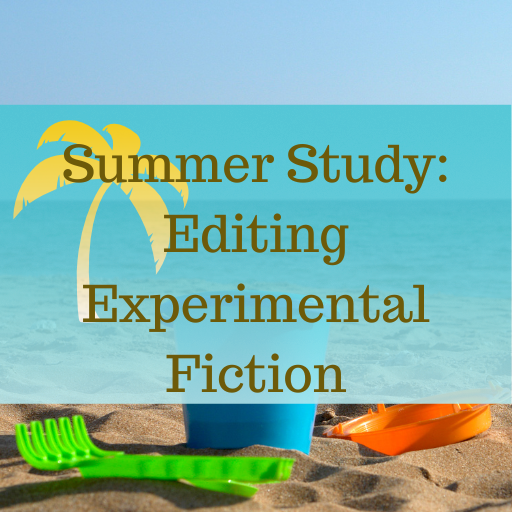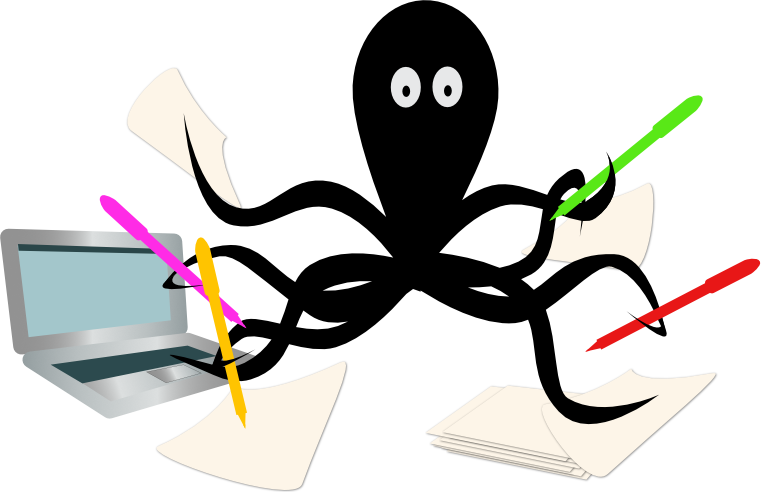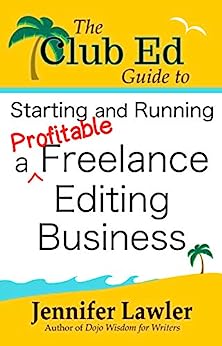The Connection Between Character and Plot
As editors, we need to understand the connection between character and plot and how to support authors in developing this relationship effectively.
How to Build the Connection Between Character and Plot
A common problem you’ll come across when editing fiction is a situation where characters are shoved around like chess pieces. Margie the protagonist winds up slapping her best friend not because Margie would ever slap her best friend but because the plot requires the best friend to be slapped.
Authors often commiserate with each other that they are either good at characterization but terrible at plotting or good at plotting and terrible at characterization.
That is because they are thinking of these as two separate things. I get it; to talk about how to write means you have to treat various elements of storytelling as if they were separate from each other. If I’m pointing out an implausible plot event, I’m talking about something fundamentally different from an inconsistently portrayed character.
But let’s dig into that question of plot-event implausibility a little further. When I (or any reader) decide that I don’t believe in a particular plot event, I am not applying some kind of universal plausibility filter to reach this conclusion. I am not saying “it is implausible for dragons to exist on earth” because while it is implausible for dragons to exist on earth, it is perfectly plausible for a dragon to exist in some made-up story world, even one that looks a lot like ours.
What I am saying is that the plot event is implausible for the story world it has been inserted into.
There could be various reasons for that. It could be that it is implausible for the setting. It is implausible for a blizzard to blanket Los Angeles in June. I don’t believe it. This type of issue can be addressed fairly easily: change the season, change the location, change the need for a blizzard in the first place. Maybe a wildfire will do instead.
Sometimes the implausibility is technical: for example, revolvers don’t have magazines, there is no gas station inside Joshua Tree National Park, the Mar Vista public library is closed on Sundays. So, a detective slapping another magazine onto their revolver is implausible, a fugitive finding gas in Joshua Tree isn’t going to happen, two friends can’t meet in the biography section of the library on Sunday afternoon. Again, these fixes are fairly simple: give the detective a Glock, have the fugitive fill up in Yucca Valley, change the friends’ meeting time to Saturday.
But often, as in the case of friend-slapping Margie, the problem is that the plot event is implausible for this character at this point in the narrative.
If the hero of a romance proposes marriage on page one, it’s implausible (and also very unsatisfying). If the hero of a romance proposes marriage on page three hundred, it’s a lot more plausible.
But if the author has not shown the love relationship developing between the two main characters of a romance, the proposal will be implausible wherever it happens in the story. That means the plot event is implausible for the characters—not for the setting or some other technical reason.
This is a harder problem to fix, and it’s why authors sometimes say they are good at characters but bad at plot.
Authors who think they are good at characters and bad at plot often don’t understand what to do with their characters once they’ve thought them up, and thus the characters wander around in search of a plot or wind up performing implausible acts in service of some random plot the author has decided to impose on them. The author is thinking of character and plot as two separate things.
But characters can, and should, be driving the plot events. It’s perfectly fine for a plot event to happen to a character—that’s how many great stories start. The tornado touches down, the main character witnesses a murder, the door to Narnia opens.
What happens next should be driven by character, though. If I’ve witnessed a murder but I don’t trust the police, I’m not going to call 9-1-1. If I’ve witnessed a murder and I have criminal tendencies, I might blackmail the killer. If I am a small child, I might tell but have no one believe me.
All of these are very different stories, right? So, who the main character is makes a huge difference in how the plot unfolds.
What we can help authors do is see how to connect plot events more firmly to characters by showing how a character’s actions, reactions, and decisions affect the plot rather than having the plot shove the character around (or having no plot at all).
For example, we can show the author how to create a motivation for Margie to slap her friend. Maybe Margie can be characterized as having a hot temper so it is not at all implausible for her to slap someone. Maybe her friend has misunderstood her intention; the slap was meant to dislodge a mosquito, not hurt the friend. Maybe what her friend did is so egregious we can understand the slap.
We can see how these character motivations can drive decisions that create other plot events: Maybe Margie realizes she has to do something about her hot temper before she loses her friend. Maybe she loses her friend because of her hot temper. We can see how the story might go in different directions depending on who the characters are at this moment in time.
Connecting plot events to character always results in a more believable, engaging plot.
Tips for Editors & Writers
7 Questions to Ask when Line Editing Dialogue
In fiction, dialogue is used to forward the plot and reveal character. But authors often get bogged down in writing boring, mundane conversations that may reflect how people actually talk, but aren’t very interesting for readers. Helping authors sharpen dialogue can make a good book great. Sharper dialogue engages readers and keeps them immersed in…
How Are Beta Reading, Manuscript Evaluation, and Developmental Editing Different?
Aspiring editors sometimes aren’t sure of the differences between different types of services they could offer. Three of the main big-picture services editors offer are beta reading, manuscript evaluation, and developmental editing. Here’s how they differ. Beta Reading Beta reading is a type of reader feedback on a manuscript. If you’re familiar with writers’ workshops,…
Letting go of mistakes
Once upon a time, I trained in the martial arts. When I was a brown belt, I hit someone pretty hard and broke his rib. We were supposed to demonstrate excellent physical control, and accidentally breaking someone’s rib does not equal excellent physical control. I felt terrible for causing him pain and for not having…
Join the Club!
New to story editing? Begin at the beginning.





